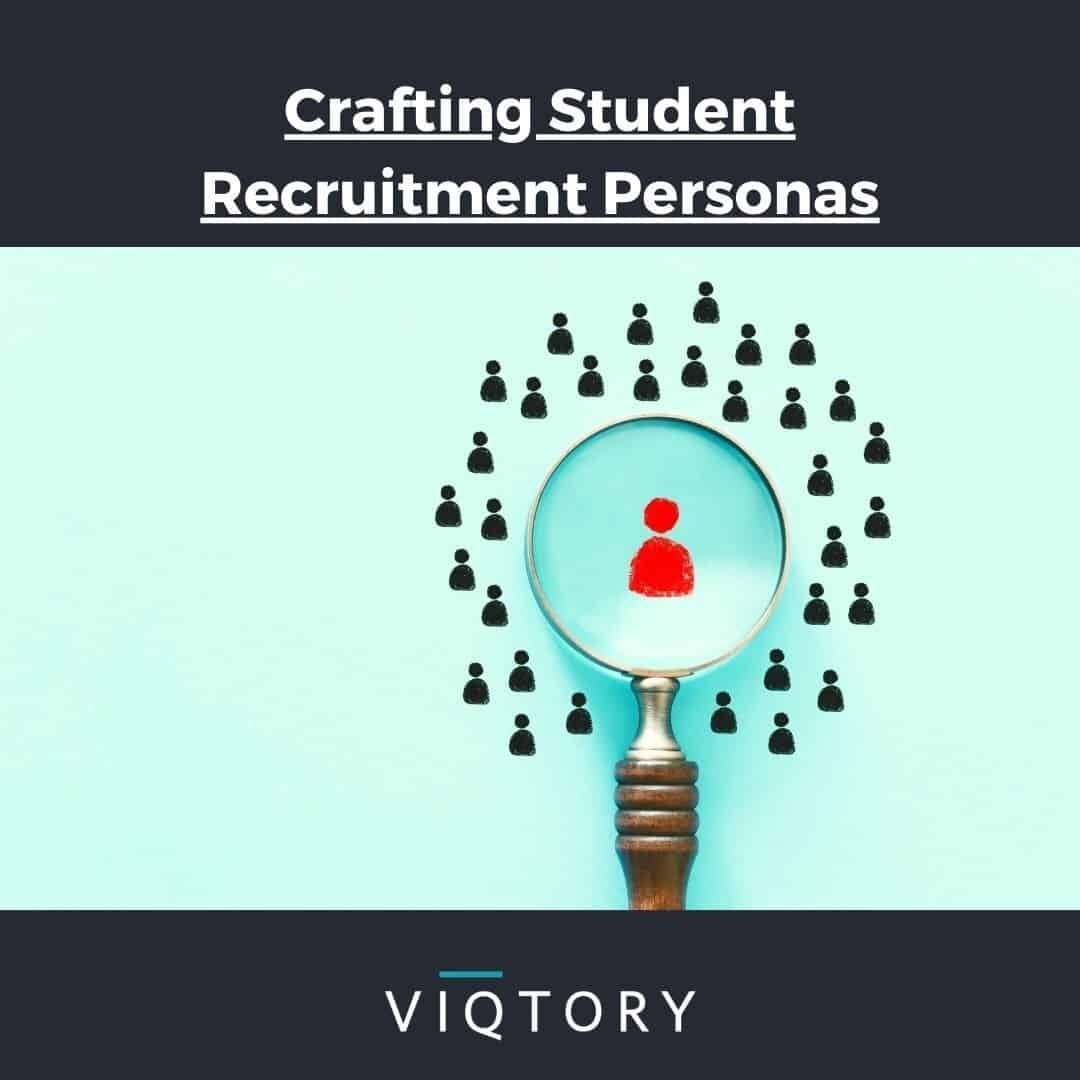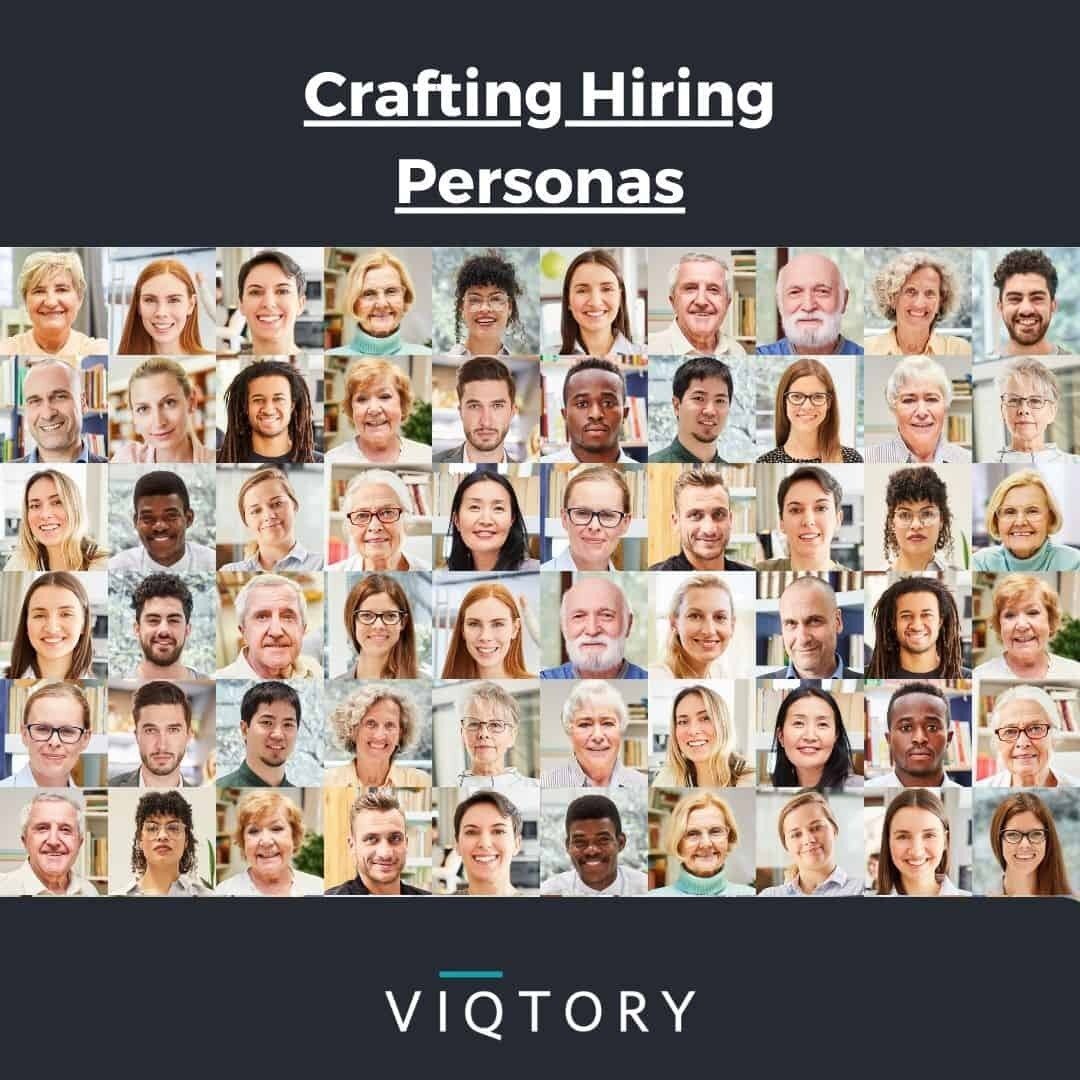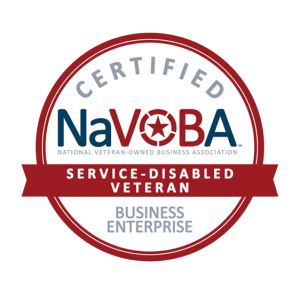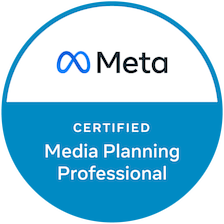In 2023 we’ve seen virtual hiring events take on a life of their own and are becoming increasingly popular among organizations looking to recruit top talent. With remote work becoming more popular and the need for more flexible hiring processes, virtual hiring events offer a range of benefits for both employers and job seekers. Here are some of the marquee benefits of virtual events.
1) Reach a Wider Talent Pool:
One of the major benefits of virtual hiring events is the ability to reach a wider pool of candidates. While in-person recruiting events are limited by geographical locations, virtual events allow you to ditch those physical barriers and attract job seekers from all over the world. This means that you can connect with a more diverse range of candidates and find the best fit for your organization. You would be surprised to see how many job-seekers are willing to relocate for the right opportunity!
2) Cost-Effective:
Virtual hiring events also offer a more efficient and cost-effective method for employee recruitment. In-person hiring events can be expensive to organize with costs associated with venue rental, catering, and travel expenses for recruiters. Virtual events can be organized quickly and easily, conducted from the comfort of your office, give you the chance to connect with more prospects and save time and money for both employers and job seekers.
3) Streamline Your Recruitment Process:
Another advantage of virtual hiring events is the ability to streamline the recruitment process. In addition to the financial costs associated with traditional hiring events, they also often result in a limited number of connections between recruiters and job seekers. This is because, at traditional events, recruiters are often overwhelmed with a large number of attendees vying for their attention in real-time.
Virtual hiring events, on the other hand, offer a more intimate and focused setting for recruiters to connect with potential candidates. These events allow recruiters to schedule dedicated one-on-one chat sessions with candidates, providing a more personalized experience for both everyone involved.
4) Data-Driven Insights:
Furthermore, data-driven insights are becoming increasingly important in the hiring process. They allow recruiters to make more informed decisions and improve their overall hiring outcomes. Gain insights into candidate engagement metrics, such as how many candidates attended a virtual hiring event or how long they spent interacting with recruiters. They can also analyze candidate qualifications, such as education and work experience, to identify the most qualified candidates for a given role. These insights can help recruiters make more informed hiring decisions, improve their time-to-hire, and ultimately, find the best candidates for their organization.
Conclusion:
The benefits virtual hiring events bring from employers speak for themselves, but virtual hiring events are also becoming more popular among job seekers. According to a recent survey by Jobvite, 51% of job seekers said they would prefer to attend a virtual career fair over an in-person event. This suggests that virtual events are increasingly seen as a convenient and effective way to connect with potential employers.
Overall, virtual hiring events offer a range of benefits for both employers and job seekers. From reaching a wider pool of candidates to reducing costs and streamlining the recruitment process, virtual events are becoming an increasingly popular choice for organizations looking to hire top talent.
If you’d like to learn more or connect with a team member, just fill out the form below.














